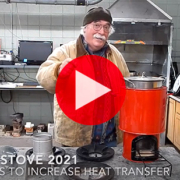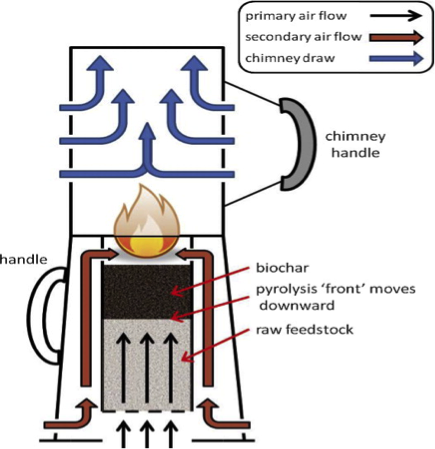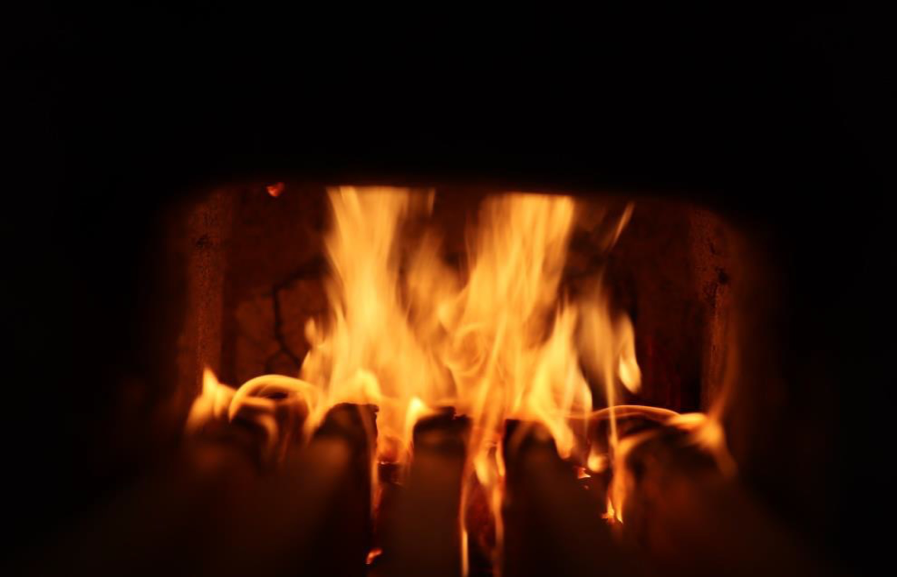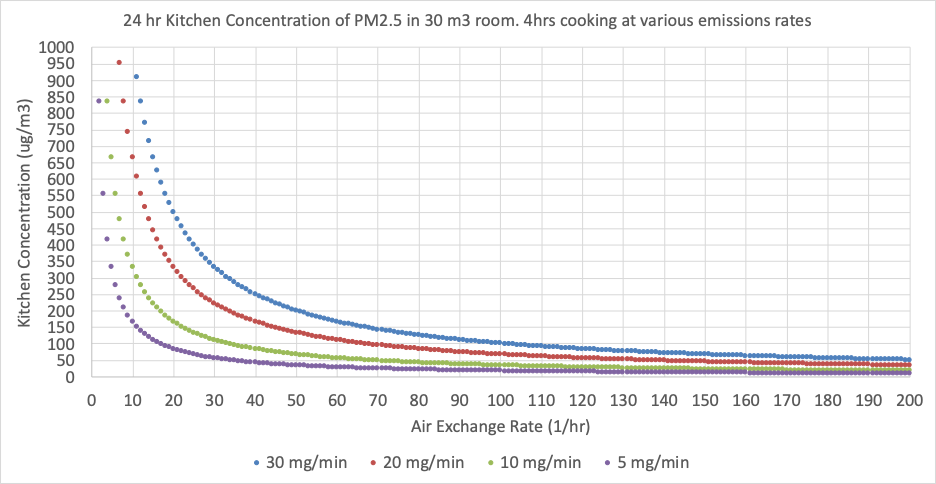New Video: Rocket Stove 2021 – Pot Skirts to Increase Heat Transfer
In this video, Dean Still explains why a pot skirt – a sheet of metal wrapped around the cooking pot – is a simple yet important way to improve the fuel efficiency of a rocket stove. He also explains how to calculate the appropriate distance between the skirt and the pot. Stay tuned to the end of the video to find out who is causing all the ruckus in the background…
Helpful references:
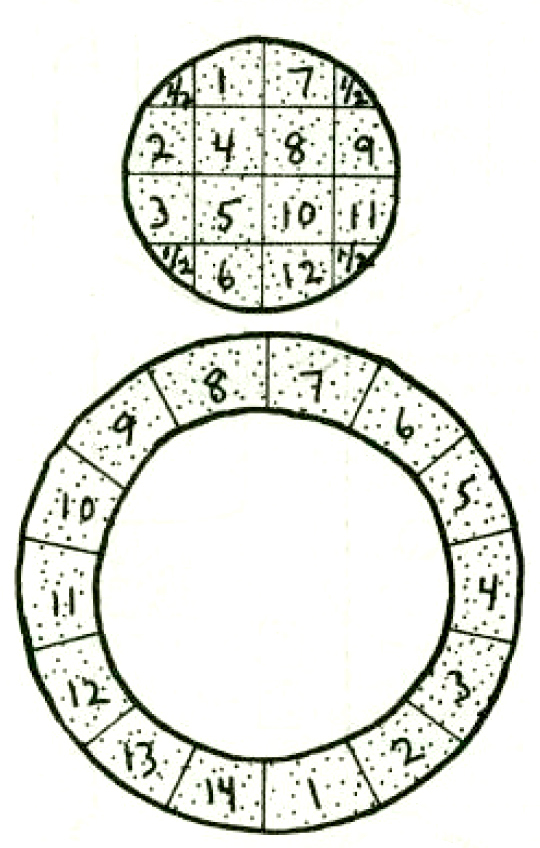
This is a very simplified illustration of what “constant cross-sectional area” means. The top circle represents the cross-sectional area of a stove riser. The bottom ring shows the same area translated into the space around a pot. It’s important to keep the cross-sectional area that the hot gasses flow through consistent, so they don’t slow down. Hot, fast flowing gasses transfer heat most efficiently.
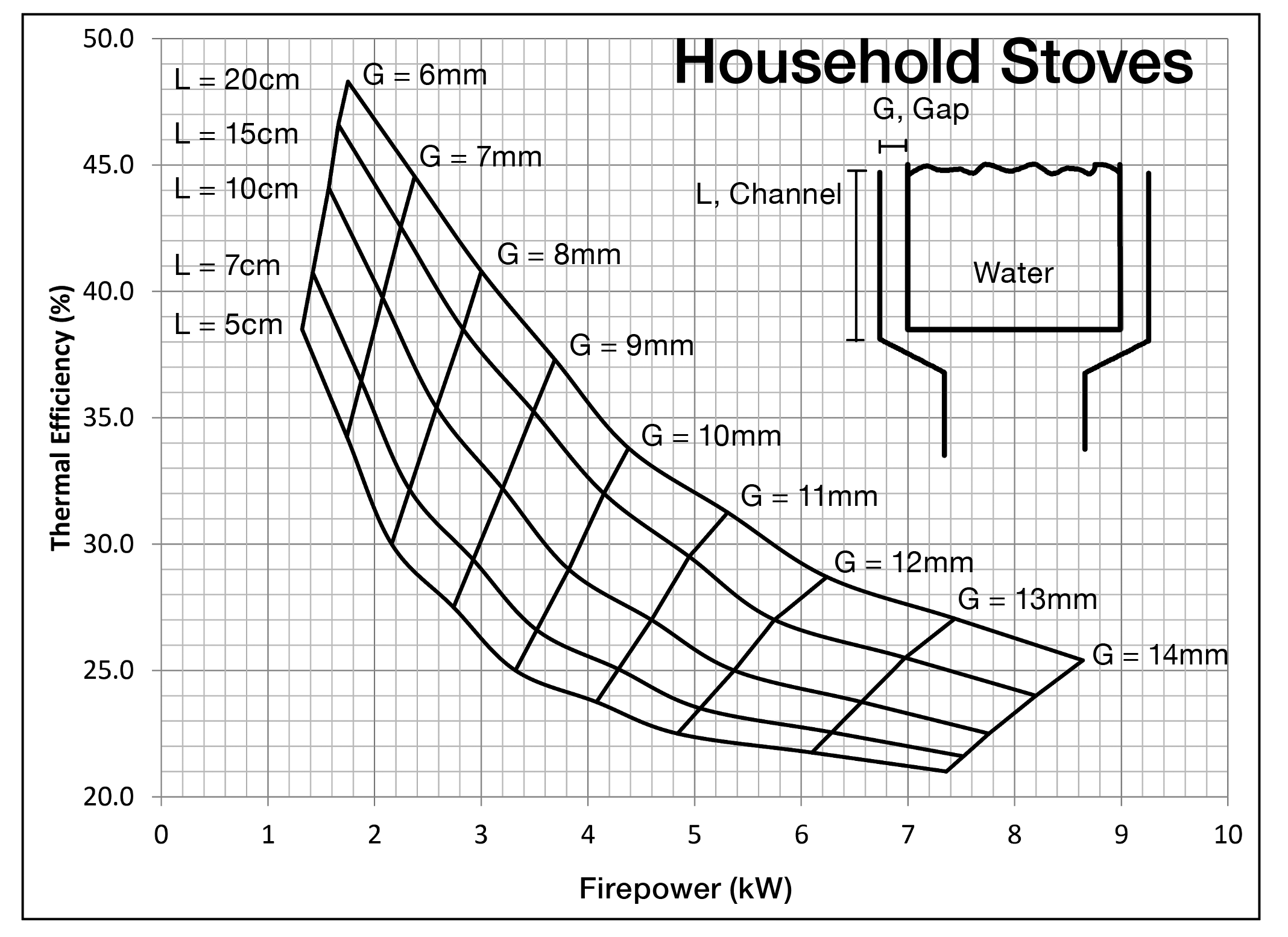
This is the chart for determining efficient channel gaps, explained towards the end of the video. It was developed by Dr. Samuel Baldwin in 1987.
Here is the Ten Stove Design Principles poster referred to in the video. Many more helpful documents are also linked on the Publications page.

